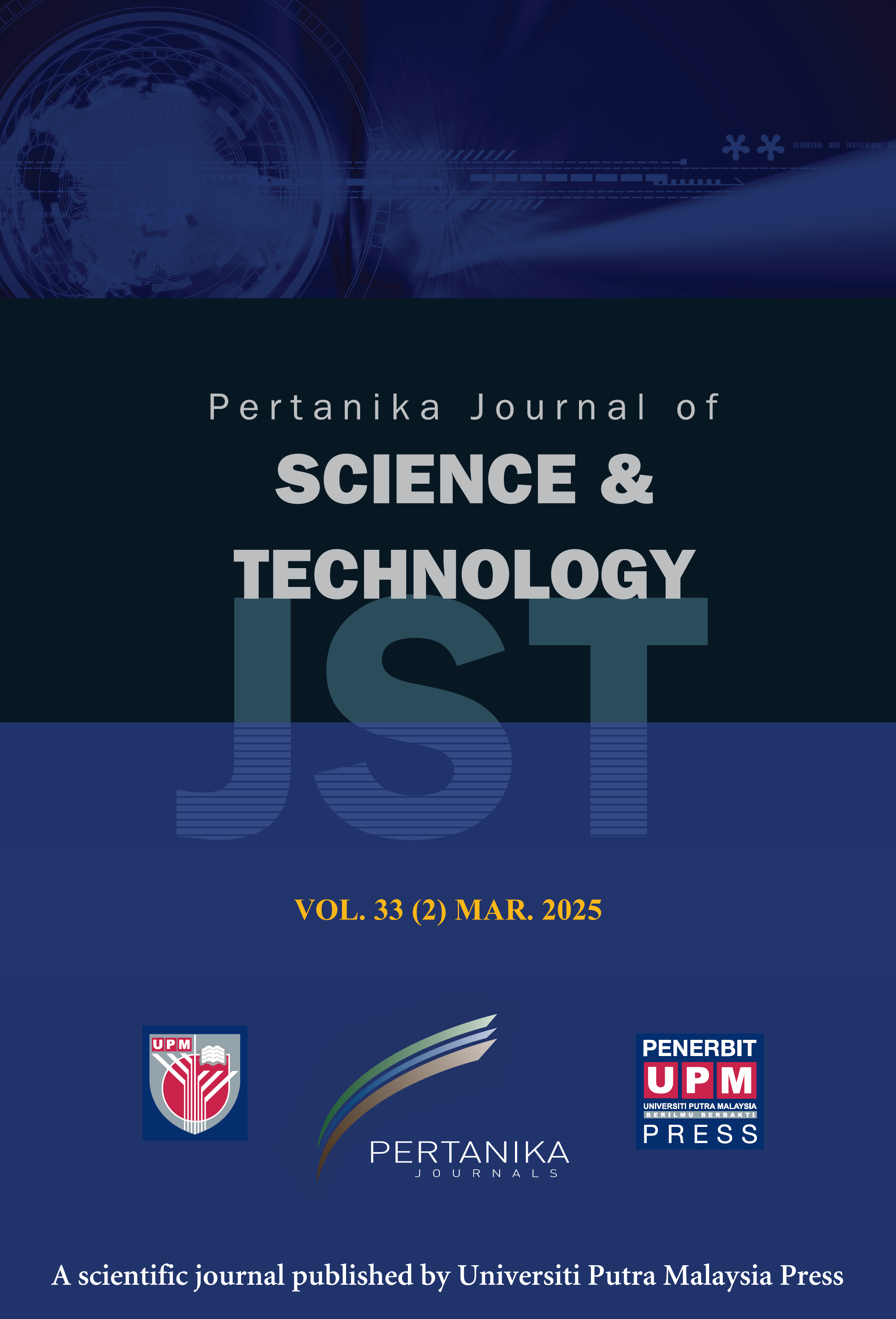PERTANIKA JOURNAL OF SCIENCE AND TECHNOLOGY
e-ISSN 2231-8526
ISSN 0128-7680
Reduction of Transport Carbon Emissions of India by the Implementation of Strategies Based on IoT-Enabled Intelligent Transportation System: A System Dynamics Approach
Aditi Rajput and Madhuri Jain
Pertanika Journal of Science & Technology, Volume 33, Issue 4, July 2025
DOI: https://doi.org/10.47836/pjst.33.4.14
Keywords: Internet of Things, Intelligent Transportation System, strategies analysis, system dynamics, Total Transport Carbon Emissions, Total Transport Energy Consumptions
Published on: 2025-07-23
India is the third-largest carbon emitter in the world. In this paper, a Synergistic System Dynamics Simulation (SSDS) model is developed to reduce the Total Transport Carbon Emissions (TTCE) and Total Transport Energy Consumptions (TTEC) in million-plus cities of India by the implementation of strategies based on Internet of Things-enabled Intelligent Transportation System (IoT-ITS). Intelligent Transportation System (ITS) refers to the interconnection of an adaptive and intelligent integration of vehicles, drivers, and the transportation system. The SSDS model consists of four subsystems: total population, Gross Domestic Product (GDP), carbon emission, and four sub-models enabled IoT-ITS-based road transportation subsystem and provides the interrelation between parameters, which plays an important role in altering the TTCE and TTEC of the road transportation network. The model is validated, and a sensitivity test is used for the optimum management of the system. Six strategies based on IoT-enabled ITS: Traffic and transportation demand management (TTDM), Bus transport (BT), Rules and regulations management (RRM), Technology upgradation (TU), No implementation (No-IMP), and All integrated (AIN), are also formulated based on derived crucial parameters. The simulation of the model indicates that, despite the high cost of IoT-enabled ITS implementation, AIN is best suited, while RRM is the fastest for reducing TTCE. TTDM is highly useful in a short span, while TU gives a very high reduction of TTCE.
ISSN 0128-7680
e-ISSN 2231-8526




